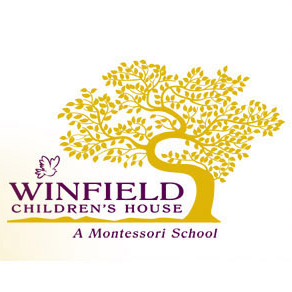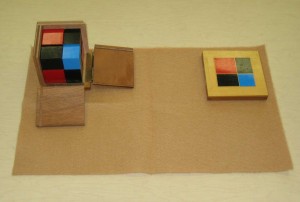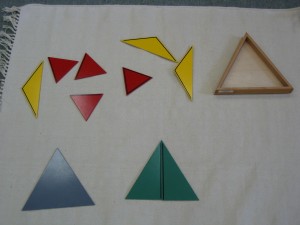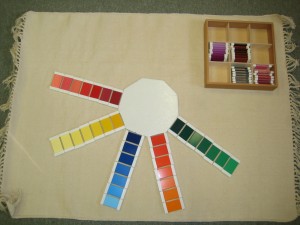Looking Inside: Sensorial Boxes
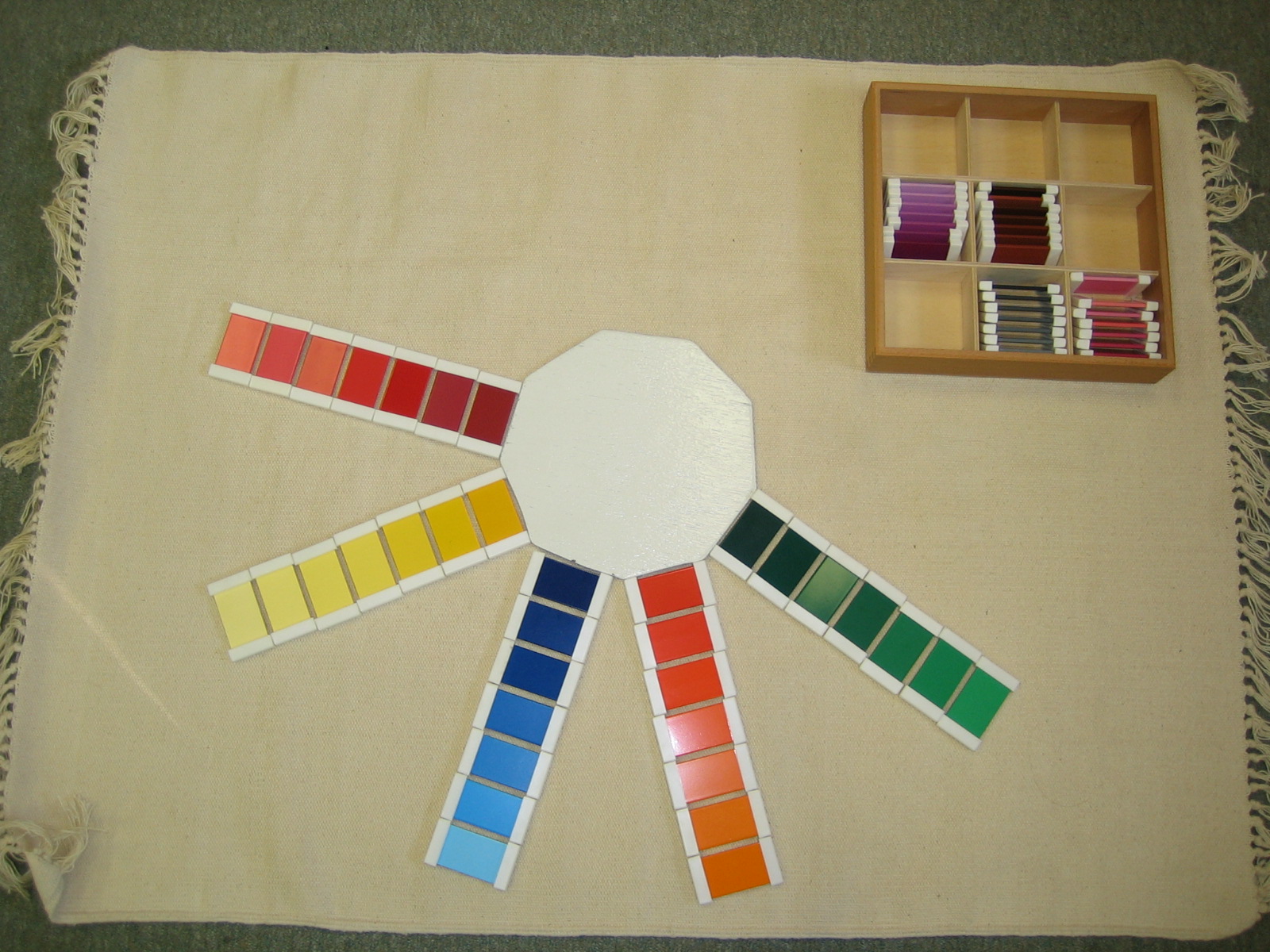
When you visit a classroom at Winfield Children’s House, you’ll notice children are busy choosing materials from the shelf. How the materials are stored on the shelf depends on which area of the classroom you observe.
In the practical life area, the materials are often found on trays with all of the items needed for the work resting on the tray. In the language and cultural areas, works are often stored in baskets or trays where you might notice cards or objects that capture the attention of the child. In the math area, you’ll notice larger materials that are carried carefully to a work mat and smaller materials on trays or in baskets or boxes.
In the sensorial area, you’ll see the pink tower and geometric solids. However, many materials are stored in lidded wooden boxes. What’s inside? It’s not so obvious to a casual visitor. Rest assured, though, that the children know what they will find. Let’s take a closer look at some of the sensorial materials.
The Binomial Cube
This material is considered a visual material that builds concentration. A child explores this materials by removing the cubes and prisms. Putting the shapes back into the box is like a puzzle because in order to close the box and fit on the lid, the blocks must be put away in the order shown. This material helps children develop spatial awareness, sequencing skills and problem solving ability. This kind of material often sparks a social connection in the classroom. A child who is brand-new to this work may ask for assistance in putting it away for the first time from a peer who has mastered it.
The Constructive Triangles: Triangle Box
Constructive Triangles allow a child to explore two-dimensional shapes. This material develops the visual sense as children explore the many combinations possible to create a given shape. In the triangle box, a large gray triangle serves as a model for a shape that can be built with combinations of the smaller triangles. The shapes are colored, which is a control for the child to easily put them together to make the larger shape. Children are free to explore the many other shapes that these small triangles can create. There are four other constructive triangle boxes, two rectangles and two hexagons that encourage children to build more shapes. The constructive triangles are a great material for practicing vocabulary about shapes, as well.
Color Box 3
This material builds a child’s visual perception of color by allowing a child to grade colors by shade. The first two color boxes are matching works. Color Box 1 has two sets of the primary colors for matching. Color Box 2 has two sets of the primary and secondary colors, as well as pink, black, white and brown. Adults often remark that Color Box 3 is a challenge even for them. Each color has 7 shades, some of which are very close to one another. This often results in a discussion among children who are working together with this material. What great practice in listening to another’s point of view and making a shared decision!
